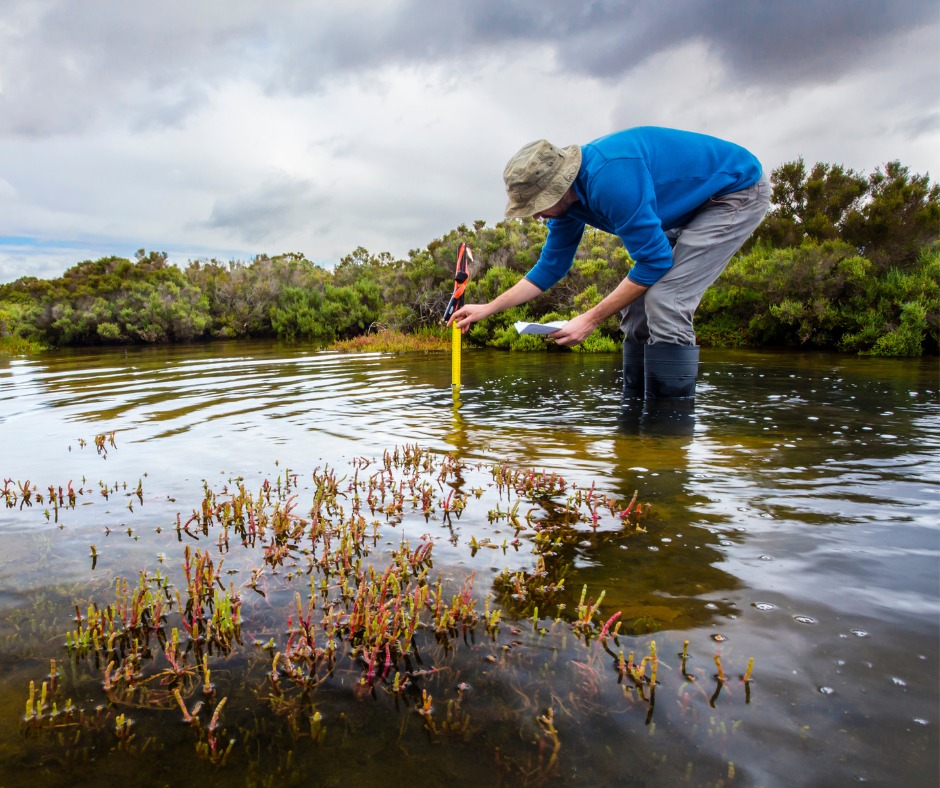About the Project
Maintaining US leadership in fields such as advanced manufacturing, advanced wireless, artificial intelligence, biotechnology, quantum information science, semiconductors, and microelectronics depends on the talents of a diverse STEM workforce. Currently, however, we lack information about the pathways students follow into STEM graduate education and on to the scientific workforce.

In collaboration with 41 universities, CGS is collecting data on applications, admissions, and matriculation in graduate study for both international and domestic students and explore how pathways into graduate study differ by gender, race/ethnicity, citizenship status, disability status, veteran status, field of study, and degree level. By examining differences between groups in the number of applications submitted, the number of acceptances offered, and the likelihood that if admitted a potential student will actually enroll and pursue a degree, data will help to identify where investments of resources and improvements in recruitment and admission practices can have the greatest effects on increasing the size, diversity, and vitality of the advanced STEM workforce. The study will also explore the important role international students play in STEM graduate education and careers and explore the relationship between enrollment of international students and those of U.S. domestic students, particularly from groups traditionally underrepresented in STEM fields.

